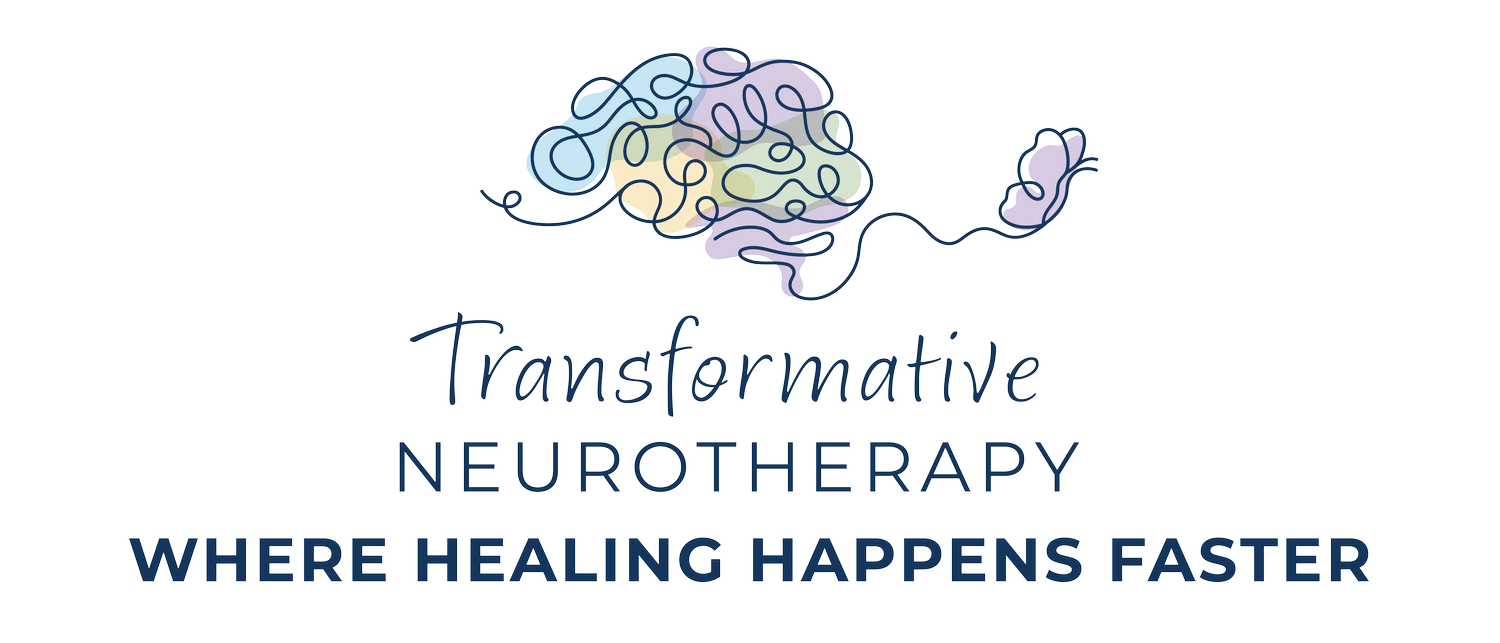HOW NEUROTHERAPY HELPS YOU AGE WITH CLARITY AND CONFIDENCE (Podcast Episode 2)
by Heather Putney, PHD, LMFT, CSAT-S, QEEG-DL
EXECUTIVE DIRECTOR, FOUNDER
Untethered Therapy and Transformative Neurotherapy
Healthy aging isn’t just about avoiding disease—it’s about preserving clarity, confidence, and agility in how we think, move, and interact with the world. In our practice, we focus on neurotherapy, also known as neuromodulation, as a powerful tool to support brain health in older adults. This approach helps improve processing speed, mood stability, and multitasking by enhancing blood flow, synchronizing brain networks, and encouraging neurogenesis.
Many people first notice cognitive “slowness” not during memory tests, but in real-life situations—like driving or coordinating a holiday meal. These moments demand executive function, attention shifts, and working memory. When the brain’s timing falters, even familiar tasks feel overwhelming. That’s where neurotherapy comes in. By combining targeted stimulation with movement, nutrition, and mental engagement, we can train the aging brain to work more efficiently and with less effort.
I’ve seen this firsthand with my own mother. During the early phase of my clinical training, we did a baseline brain scan for her. A year later, we noticed she was struggling with holiday logistics—something she had always handled with ease. A follow-up scan revealed slower processing and more disorganized patterns. Rather than wait and worry, we created a focused treatment plan. Within weeks, the changes were visible—not just in scans, but in everyday life. Her recall during nightly Jeopardy improved, response time shortened, and her confidence returned. Driving also became smoother and less stressful, a clear sign that her brain was regaining rhythm and efficiency.
Driving is a perfect example of how cognitively demanding daily tasks really are. It requires rapid attention shifts, spatial awareness, decision-making, and inhibitory control. When brain networks fall out of sync, the effort increases, leading to fatigue and tension. Neurotherapy helps restore that rhythm, making decisions feel easier and attention more fluid. The improvements we saw weren’t just subjective—they were backed by measurable changes in brain scans: faster processing, better organization, and more stable rhythms.
In my practice, I use three main stimulation modalities to support brain health. These include LED photobiomodulation to boost mitochondrial function and reduce inflammation, pulsed electromagnetic field (PEMF) therapy to influence cellular signaling, and gentle frequency-tuned stimulation to reestablish healthy
network timing. Increased blood flow delivers oxygen and nutrients to neurons, while frequency-specific protocols help synchronize brain activity. It’s not just about speeding things up—it’s about making the brain more efficient, so it can do more with less effort.
Aging brains often feel slower even without disease. As arteries stiffen and blood flow declines, chronic stress can amplify inflammation and disrupt neural timing. Neurotherapy offers both a corrective and preventive path. It helps those already noticing fog or forgetfulness and supports high performers who want to maintain mental sharpness under pressure. The process is iterative: we scan, adjust, and refine the protocol over time. After the initial phase, maintenance becomes key—just like strength training preserves muscle, periodic sessions help sustain cognitive gains.
Of course, lifestyle plays a crucial role. Movement improves vascular health and insulin sensitivity. Nutrient-rich, minimally processed foods reduce inflammation. Cognitive challenges keep circuits active, and quality sleep consolidates learning while clearing waste. Puzzles aren’t dismissed—they’re reframed. With better blood flow and network timing, mental exercises become more effective and rewarding.
The synergy is what matters most. Stimulation primes the system. Healthy habits sustain it. Real-life practice strengthens the skills that matter. Aging doesn’t have to mean slowing down—it can mean growing sharper, more resilient, and more engaged than ever.
